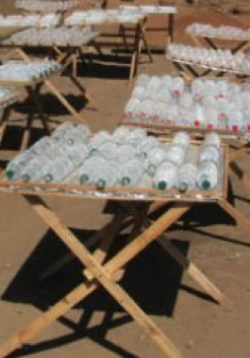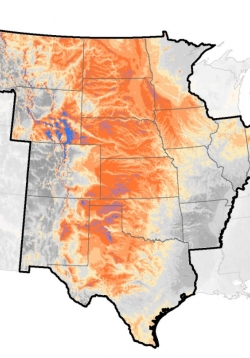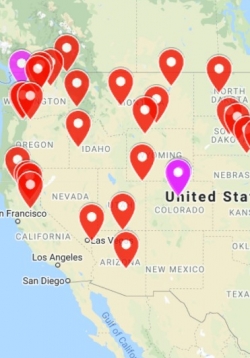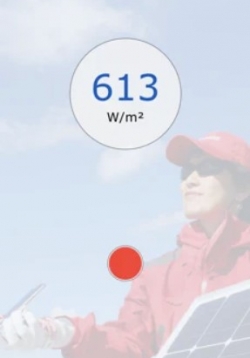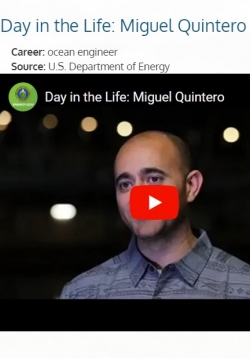
Another great set of energy STEM resources from OpenEI, this one focusing on marine energy. Like the other Open EI resources on Hydropower, this is wealth of resources and information on marine energy basics, pehomena-driven and other curricula, and career information and training programs, as well as other resources like video tours.




